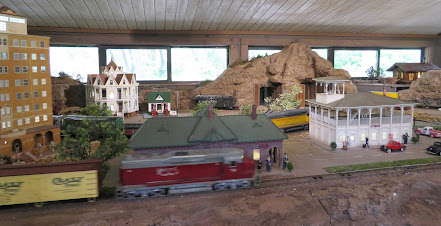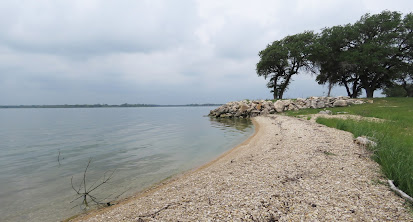In 1888 the Texas and Pacific Coal Company bought a small coal mining operation in north Texas. Robert Hunter, president of the company, had an agreement to supply all the coal for the Texas and Pacific Railroad. Realizing that the railroad would be growing as more people moved west, Hunter recruited miners from other states and overseas and built a town named Thurber after H. K. Thurber, an investor in the company.
The town had over 200 hundred houses plus stores, a boarding house, schools, and churches. Its perimeter was fenced and patrolled by guards to keep union organizers, peddlers, and other unwelcome visitors out. Despite the fence and a language barrier which slowed union organizing, in1903 Thurber became the first 100 percent unionized closed-shop city in the nation. It was still a wholly company owned town with payment in scrip that could only be used at company stores but rents and utilities were cheap. The houses had plumbing and an electric plant built in 1895 supplied power to all the houses for lights, small appliances, and refrigerators.

Thurber's demise came when trains began using oil as fuel instead of coal. The last mine closed in 1921 and many families moved to other locations in the US or even back to their home countries. A brick plant stayed in operation until 1930 but by the late 1930s the town was gone. The only hint that thousands of people once lived and worked in Thurber are the old mercantile building, now a restaurant, and the 128' power plant smokestack.
The small museum tells the story of Thurber through photographs and personal accounts. A short video is shown in the theater.
The museum and theater are accessible.
The parking lot is large enough for any vehicle. Museum 32.50443, -98.41389























































